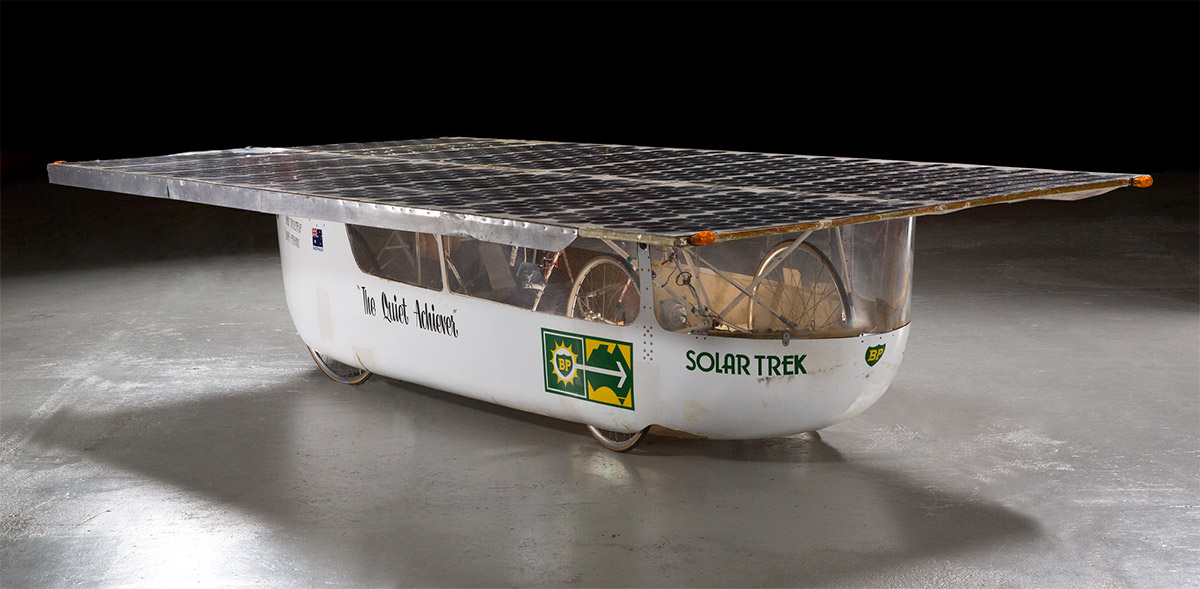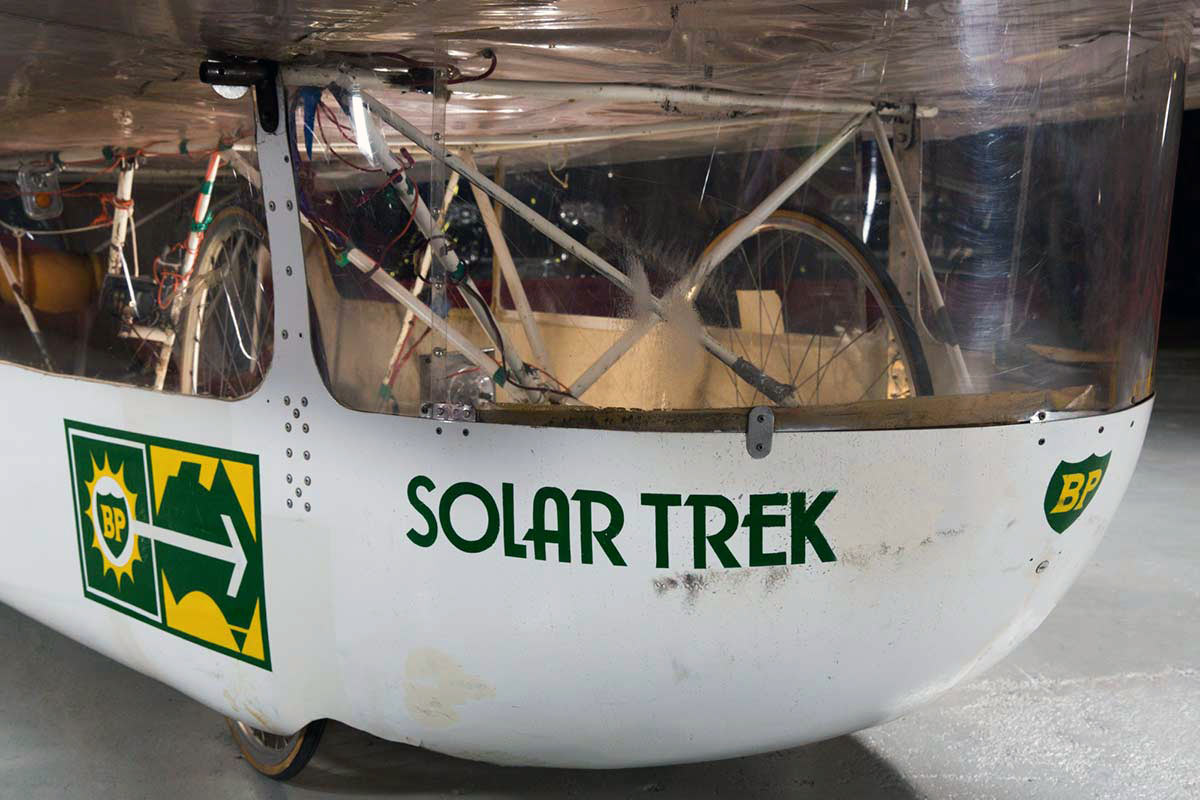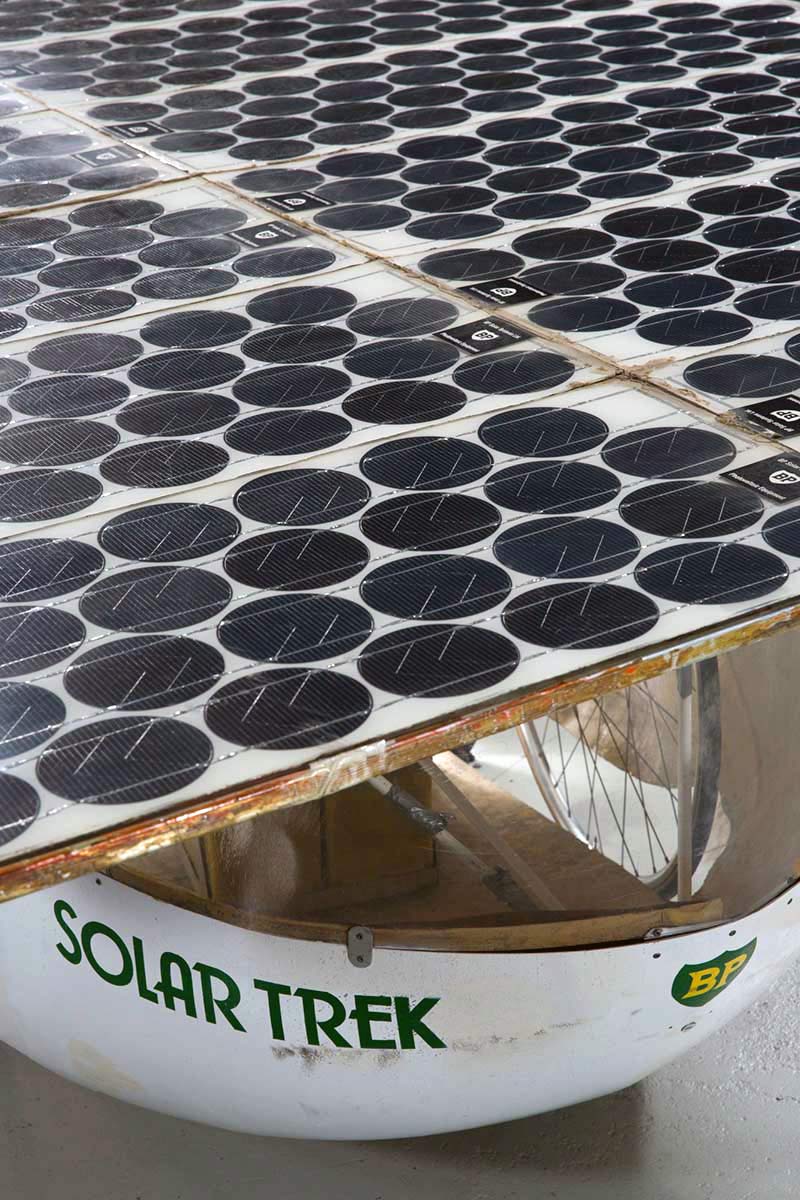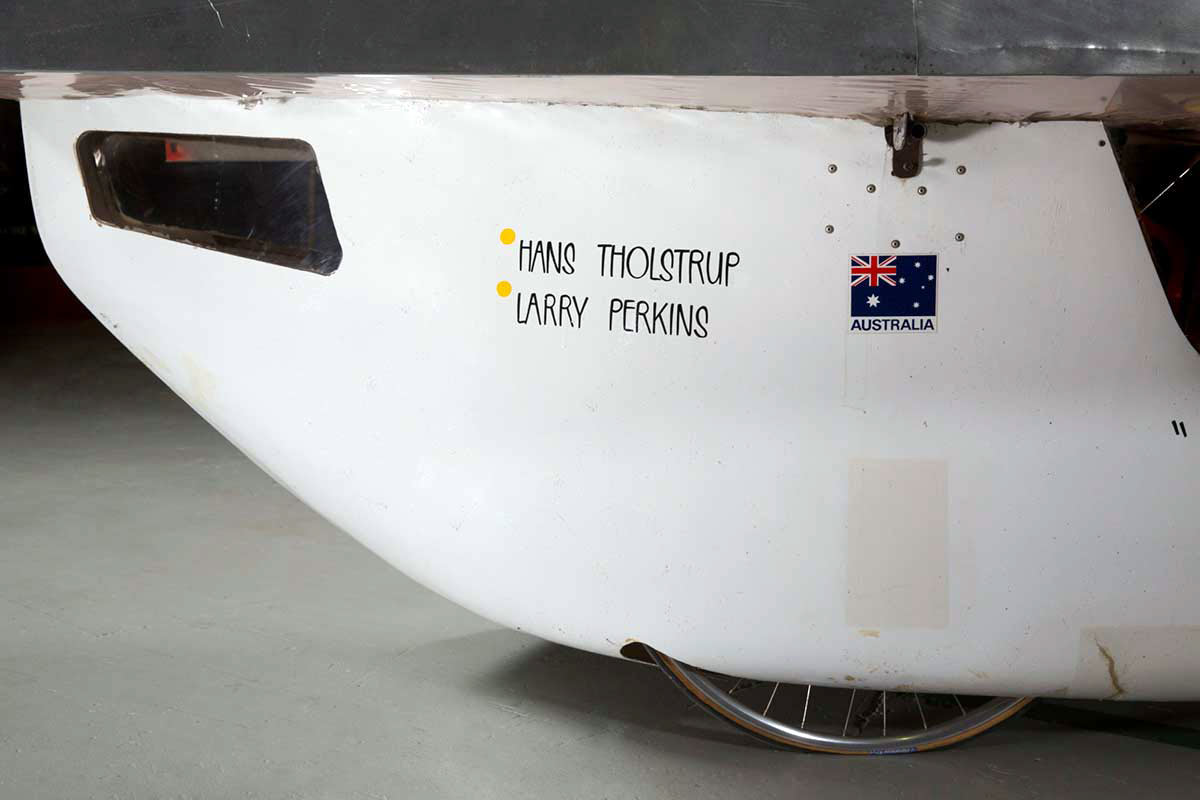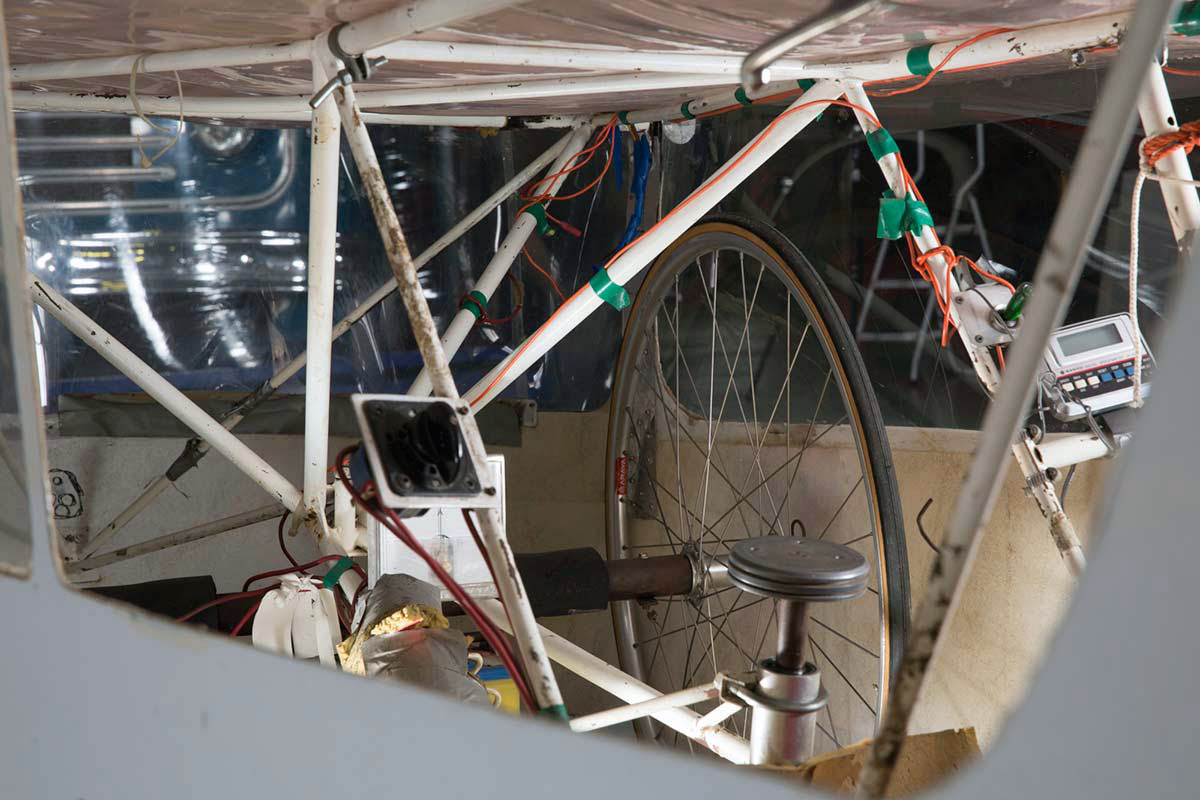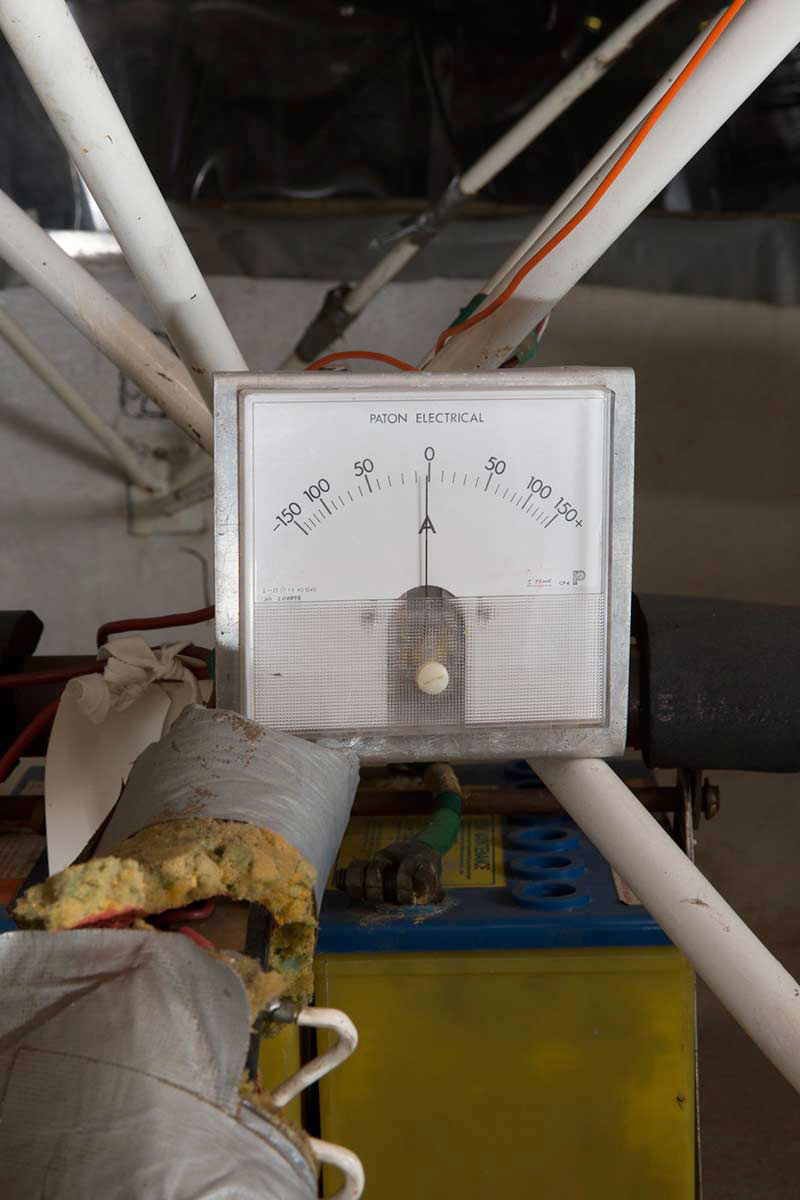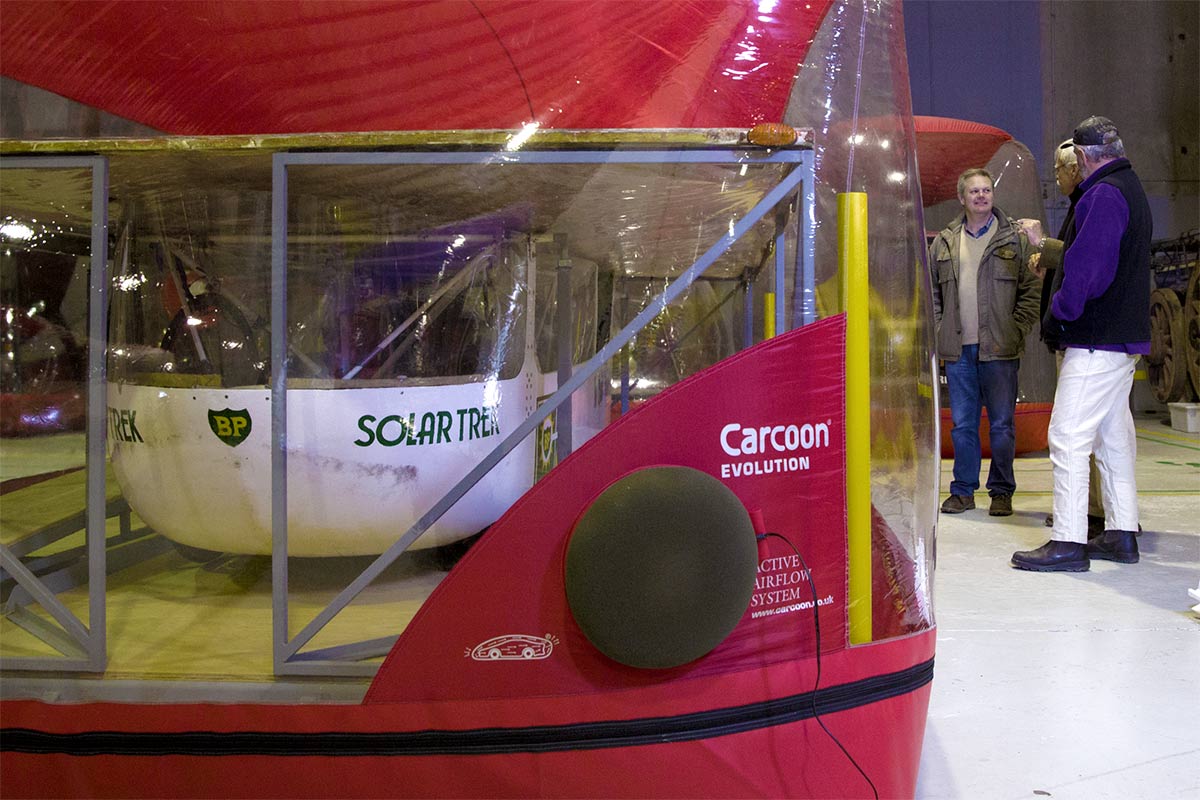'The Quiet Achiever’ was the first vehicle to be driven across a continent using only solar energy. In the summer of 1982–83, adventurer Hans Tholstrup drove the vehicle more than 4,084 kilometres across Australia, from Perth to Sydney.
Pioneering solar-powered vehicle
The Quiet Achiever left Perth’s Scarborough Beach on 19 December 1982. The solar vehicle arrived at the Sydney Opera House on 7 January 1983. Its average speed was about 30 kilometres an hour.
Tholstrup conceived the idea of a transcontinental solar journey to raise awareness and motivate research into solar power.
Champion race car driver Larry Perkins designed and hand built the car, with his brother Garry. Larry Perkins shared driving duties on the journey with Tholstrup.
The car cost $15,000 to build. The project was sponsored by BP, who supplied the photovoltaic solar modules used to power the vehicle. BP later donated The Quiet Achiever to the National Museum of Australia.
The Quiet Achiever demonstrates the potential of individuals and organisations to innovate and seek solutions to critical issues such as global warming and future energy needs.
Hans Tholstrup, 1982:
We hope that by making this 4,000-kilometre BP Solar Trek we will motivate people to solve whatever problems are before us. If it will motivate just one more idea and thought in the development of solar power, then the venture will be well worthwhile.
The Quiet Achiever weighs about 150 kilograms, is 4 metres long, 2.1 metres wide and 1 metre high. It was dubbed the 'bathtub on wheels'.
The vehicle is made of white fibreglass on a lightweight steel framework, with large perspex windows at the front and sides. An array of 720 solar cells is mounted on an aluminium frame on top of the car. The cells charge two 12-volt automotive batteries. These batteries power a 24-volt, one-horsepower DC electric motor.
The frame on top is hinged, to provide access to the driver’s compartment. The driver lies in a reclined position with steering operated by hand or feet and bicycle brake calipers on the back wheels.
World Solar Challenge
One of the enduring legacies of the Solar Trek journey is the World Solar Challenge. It grew out of the earlier event and brings together some of the brightest minds from around the world to compete in a solar powered race across Australia every 2 years. It started in 1987 with 13 entrants from 5 countries and in 2019 attracted 53 teams from 24 countries.
Renamed the World Solar Challenge in 2013, the international event aims to promote research into solar powered technologies. Competitors drive 3,000 kilometres on a course from Darwin to Adelaide, in 3 different classes.
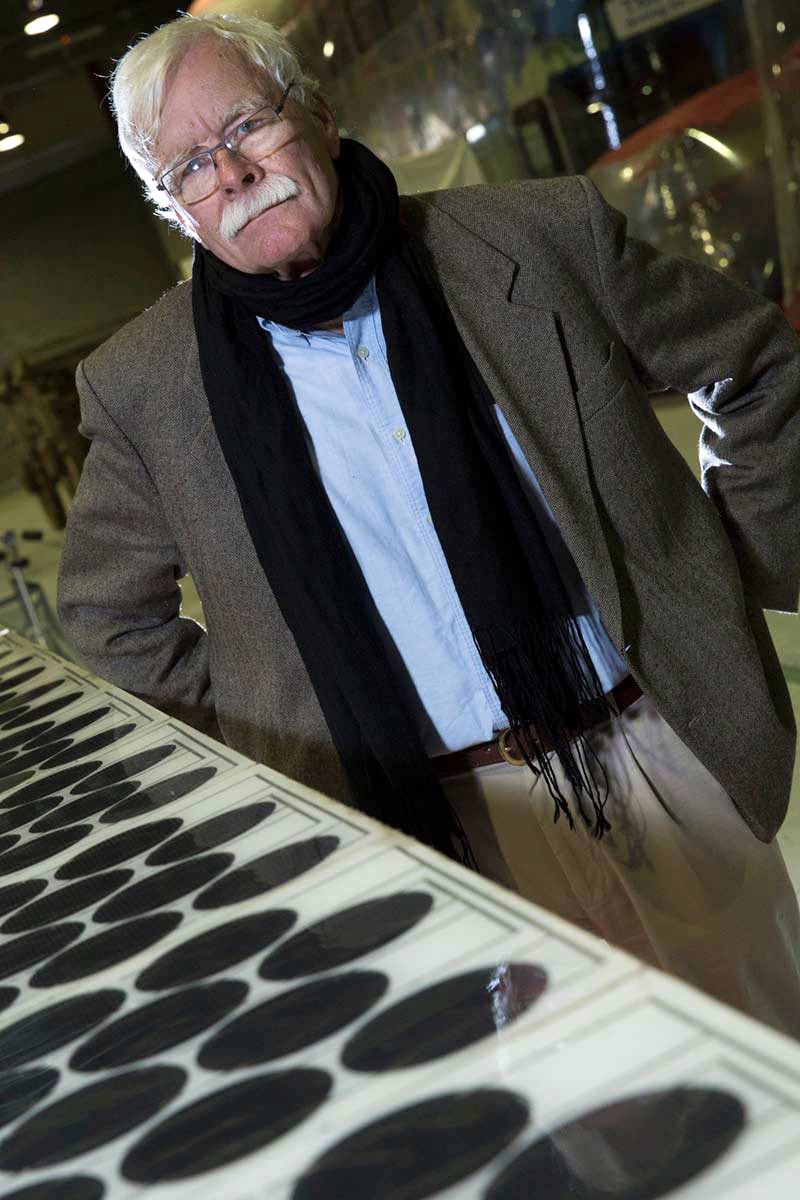
Hans Tholstrup
Hans Tholstrup is a Danish-born Australian adventurer. The Solar Trek challenge was not his first large-scale adventure. In 1970, Tholstrup circumnavigated Australia in a 4.9-metre speedboat. His other adventures include:
- piloting a single engine aircraft solo around the world
- crossing Bass Strait in a Mini-Moke strapped to a rubber dinghy
- riding a motorcycle around the world in 27 days
- driving from the northern most point of Europe to the southern tip of Africa
- crossing the north Atlantic in a speedboat.
Tholstrup was made a Member of the Order of Australia (AM) in 2008. He received the Australian Geographic's Lifetime of Adventure award in 2014.
Journeys across Australia
The Museum acquired The Quiet Achiever in 1984. It is usually stored alongside the Bean car of Francis Birtles. Birtles' historic 1912 journey across Australian continent in a motor vehicle provided some of the inspiration for Tholstrup’s Solar Trek adventure in 1982.
The transcontinental nature of the journey is a central theme among feats and events of great significance to the nation. Australia’s First Peoples developed and maintained social connections and trade routes on a transcontinental scale.
The construction of the Overland Telegraph line and the Trans-Australian Railway were monumental feats of engineering that spanned the continent. The successful crossing of the continent by John McDouall Stuart is recognised as an achievement. The tragedy of Burke and Wills and the failed attempt by Ludwig Leichhardt to traverse the continent live equally large in Australia’s collective memory.
In our collection
References
An epic journey revisited on the Museum’s People and the Environment blog
